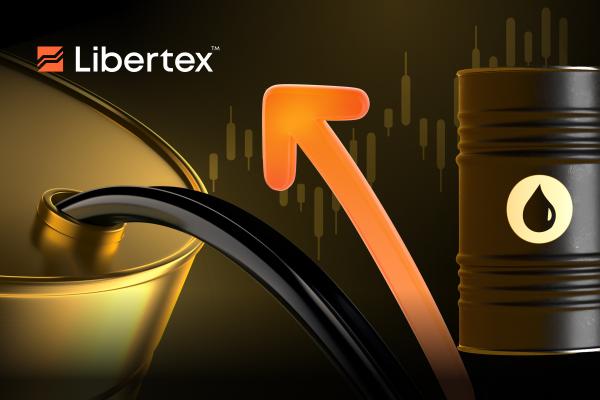As the big driving season approaches, we all surely remember the heady heights reached by oil and gas just the summer before last. Brent crude hit a peak of $112.24 a barrel, and the Henry Hub recorded a multi-year high of $9.51, to the utter dismay of already inflation-racked populations in the West. After a gradual drop in the second half of 2022, Brent oil prices seemed to stabilise around $80 a barrel before rising above $90 in late 2023 and again in early 2024. This volatility has been largely attributed to geopolitical instability both in Eastern Europe and, more recently, in the Middle East, while voluntary OPEC+ production cuts have also done their bit to drive up prices.
But then, as tensions between Israel and Iran rose following the bombing of the Islamic Republic's embassy in Damascus and the Iranian retaliation, oil prices counterintuitively began to fall precipitously. In fact, Brent lost more than 10% of its value between 5 April and 3 May. Then, despite an attempt to regain its losses, it was unable to consolidate. Now, the death of the Iranian president in a helicopter accident on 20 May has seen prices fall further. So, what's behind this atypical market response? Are there more complex factors at play? And what can we expect from the energy market up to the end of 2024?
Stifled demand outweighs risk premium
Despite the usual expectations amid military escalation involving a major oil-producing nation, what we've actually seen is a modest decline. As Helima Croft of RBC Capital Markets puts it, "We've basically lost all the geopolitical risk premium that have been driving prices higher." Indeed, even the destruction of another Russian oil refinery this week was unable to provide a catalyst for a move to the upside. There are multiple reasons for this, but the root cause is a huge demand shortfall that only appears to be getting worse.
An undoubtable component of this is the failure of the US Federal Reserve to make good on its promise to deliver multiple rate cuts beginning in Q2 2024, with senior officials citing their lack of conviction that inflation has been put firmly under control. And it's not just oil that is suffering; all risk assets are seeing reduced interest. Even as the famous summer driving season approaches, we're not seeing the typical anxiety over supply that often pushes prices higher around this time of year. In terms of wider factors, we have increased distance work post-pandemic, large surpluses in reserve following the 2022 price crisis, and reduced industrial sector demand. In the absence of any short-term catalysts that can break through the already risk-resistant price ceiling, we will likely see oil continue to trade in a $3 range between $79 and $82 per barrel for the next month at least.
Don't forget OPEC
As prepared for the impact of natural supply-reducing factors as the market may be, we can never rule out the capability of OPEC+ to throw a spanner in the works. The Organization of Petroleum Exporting Countries and their allies are expected to meet on 1 June to review their existing voluntary output cut agreement of 2.2 million bpd. The death of the Iranian president and the ill health of Saudi King Salman are not expected to have a significant impact on the countries' respective policies with respect to the organisation's oil production targets.
As one might expect, high prices suit the leadership of producing countries perfectly. However, this also has to be balanced against volumes sold and is restrained by the activities of non-member producers such as the US. As such, we're unlikely to see a major increase in the number of barrels cut, if any, but an extension of the existing cuts is all but assured. As senior market analyst at Phillip Nova Priyanka Sachdeva warns, "The extension [could] lead to tightly supplied markets and any rebound in demand from China, which apparently is hoarding cheaper oil, would add to a bullish bias in oil prices."
The potential worsening of the geopolitical situation amid escalating tensions and increased seasonal demand could just provide enough pressure for a modest increase in oil prices, but Brent and US crude are unlikely to rise above $85 and $80, respectively, barring some serious supply-side crisis coupled with a sharp uptick in demand.
Trade oil, gas and more CFDs with Libertex
Libertex is a CFD broker with a wealth of experience giving the opportunity to retail traders and investors to trade and invest in financial markets since 2012. With Libertex, you can trade CFDs in a vast array of asset classes such as equities, ETFs, and currencies, as well as metals, options, and, of course, oil and gas. Libertex gives you access to long or short CFD positions in Brent, WTI, Light Sweet, or Henry Hub Natural Gas. Because Libertex allows you to trade with leverage, you can choose the risk profile that suits you. For more information or to create an account of your own, visit www.libertex.com today!


